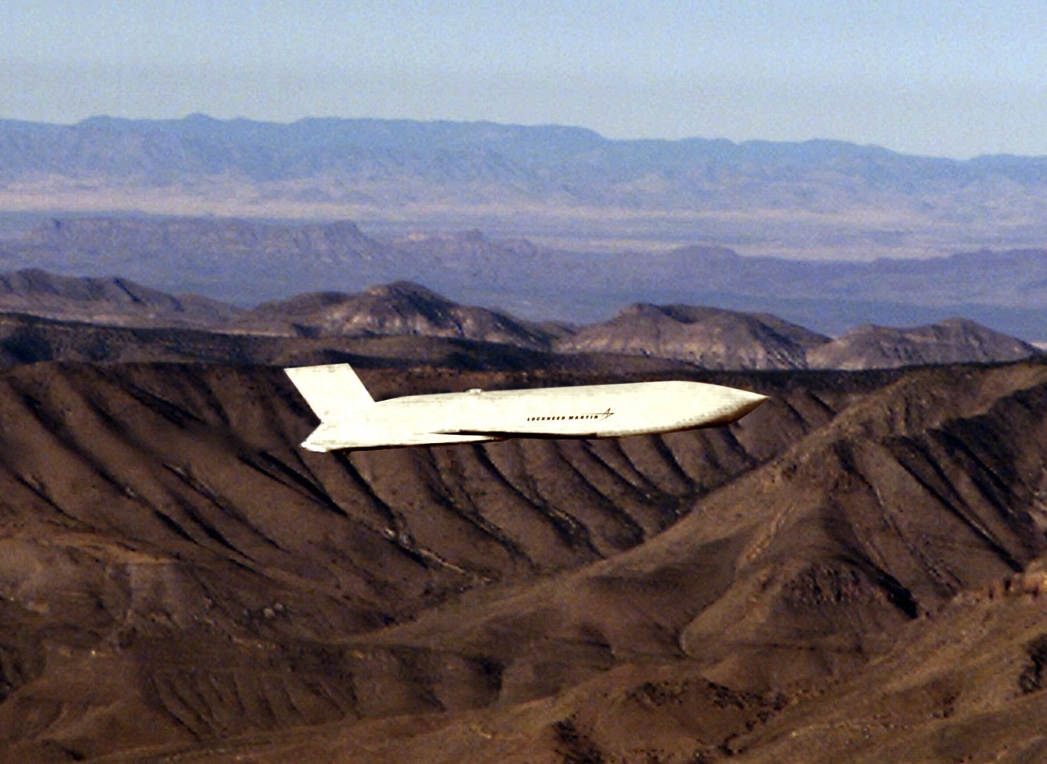JASSM uses "elevons", combine elevator + aileronWhat I'd like to know is how does the missile control its pitch and roll axes? It clearly has a moveable tail fin yet where you'd expect the elevators to be there are what appear to be fixed tabs.
A lot of details of the JASSM can be found here :
T.O. 1B-52H-34-2-8 - Aircrew Weapons Delivery Manual (Nonnuclear) - AGM-158 JASSM (01-06-2006) PDF | PDF | Boeing B 52 Stratofortress | Aviation
Scribd is the world's largest social reading and publishing site.


